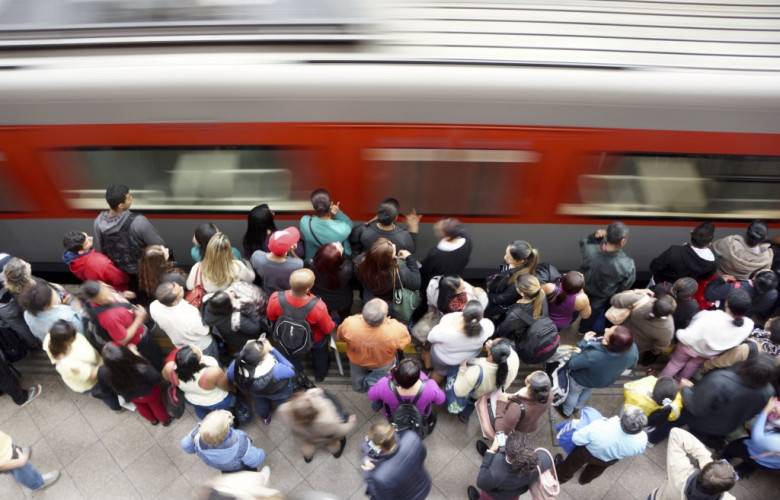The train station rule that boosts property capital growth
Contact
The train station rule that boosts property capital growth
Up to 80% of the capital growth in the value of your home or investment property will be due to its location.
What is likely to underpin the capital growth of your next home or investment property? Well… much of the heavy lifting – up to 80% – will be done by the location and around 20% will be determined by the type of property you buy in that location.
While home buyers and investors tend to consider factors such as the demographics of the area, jobs creation and supply and demand, some neglect to consider the developing infrastructure around their properties, promptly deciding that it’s not as important amenities like schools and universities.
According to Michael Yardney, CEO of Metropole Property Strategists, this is a mistake could come back to bite you – as recent studies have shown that a property’s proximity to certain types of infrastructure have a direct influence over increases or reductions in value.
While being located close to freight infrastructure may be thought to decrease the value of a property – think loud, rattling trains in your property’s backyard – being in the vicinity of public transport infrastructure can in fact enhance capital growth. But by how much?
The benefits of buying near a train station
The Transit and Urban Renewal Value Creation report by Luti Consulting and Mecone Planning indicates that Sydney houses located between 800m and 1600m from a train station are boosted 0.3% in value.
The figures increase from here, as homes between 400m and 800m away receive an increase of 1.3% on land value. And properties situated under 400m away from a train station enjoy 4.5% premium in land value on average. These numbers demonstrate that proximity to public transport enhances demand and therefore likely capital growth for residential properties.
Yardney explains that you don’t have to buy right next to the station to get higher growth. While it’s being close to transport, but many people want to be far enough away so as not to be bothered by the sound of a train while they’re trying to sleep. Then again, train stations often have retail zoning around them, so being close to the corner shop is another benefit.
The infrastructure that diminishes capital growth
Don’t be tempted to buy a property on a main road – in my mind it’s a real estate no- no!
Even if you wouldn’t mind living on a main road, most people would. During good times, even secondary properties on main roads sell quickly, but when the market quietens down it’s harder to find tenants for main road properties and even harder to find buyers.
Sure properties on main roads are cheaper, but you make your money when you buy real estate by buying a great property – not a cheap property. The Value Creation report also indicates that Sydney homes located within 100m of main roads suffer up to 7.6% loss of land value, while those situated between 100m and 200m may only face a 0.6% reduction.
While data and reports like this are valuable, they should be used as inspiration for your own research, rather than following their findings as a blanket rule for success.You should ultimately be buying a property that is suitable to the demographic market of that specific neighbourhood.
If the local owner occupier and rental market craves the convenience of a nearby train station, then buying as close as possible makes sense. The only way to know this for sure is to do your due diligence and find out exactly what home buyers and tenants in your area want, so you can deliver to what they require.
This article was written by Michael Yardney, director of Metropole Property Strategists, and was first published on realestateview.com.au.
More from Michael Yardney:
Four tips for winning at today's auction
The property boom is over, but what’s in store for 2016?
See also:
How important is local transport to property values?





